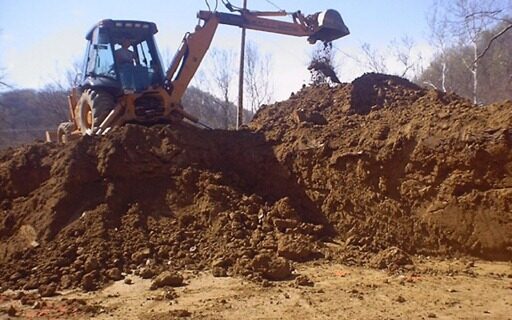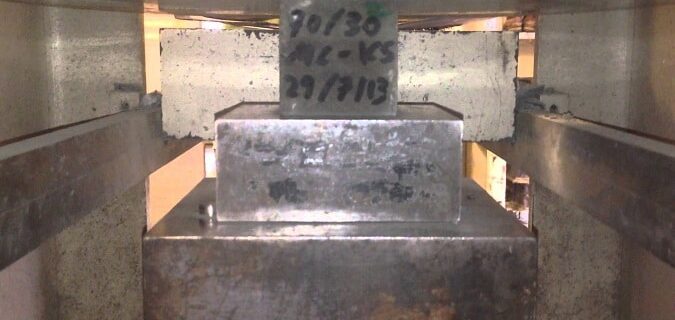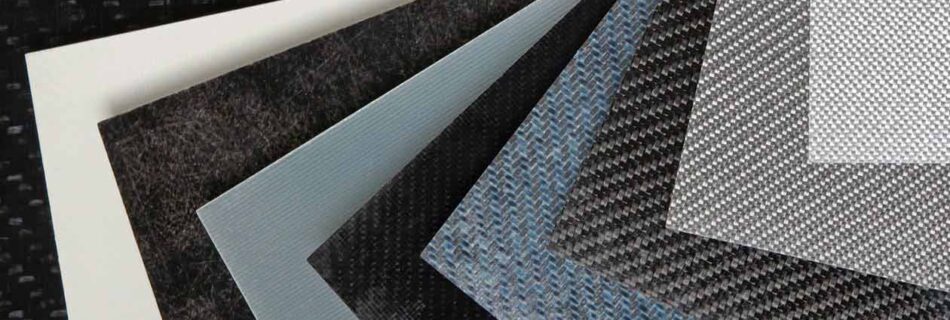Nelson Bustamante: Work Procedure of Excavation at Construction Site
🕑 Reading time: 1 minute The process of excavation at a construction site involves a comprehensive understanding of various aspects including centerline and excavation drawings, setting out plans on the ground, soil excavation, and removal procedures. Quality assurance checks such as recording ground levels and marking reference points are essential throughout the process to ensure …
Read more “Nelson Bustamante: Work Procedure of Excavation at Construction Site”








